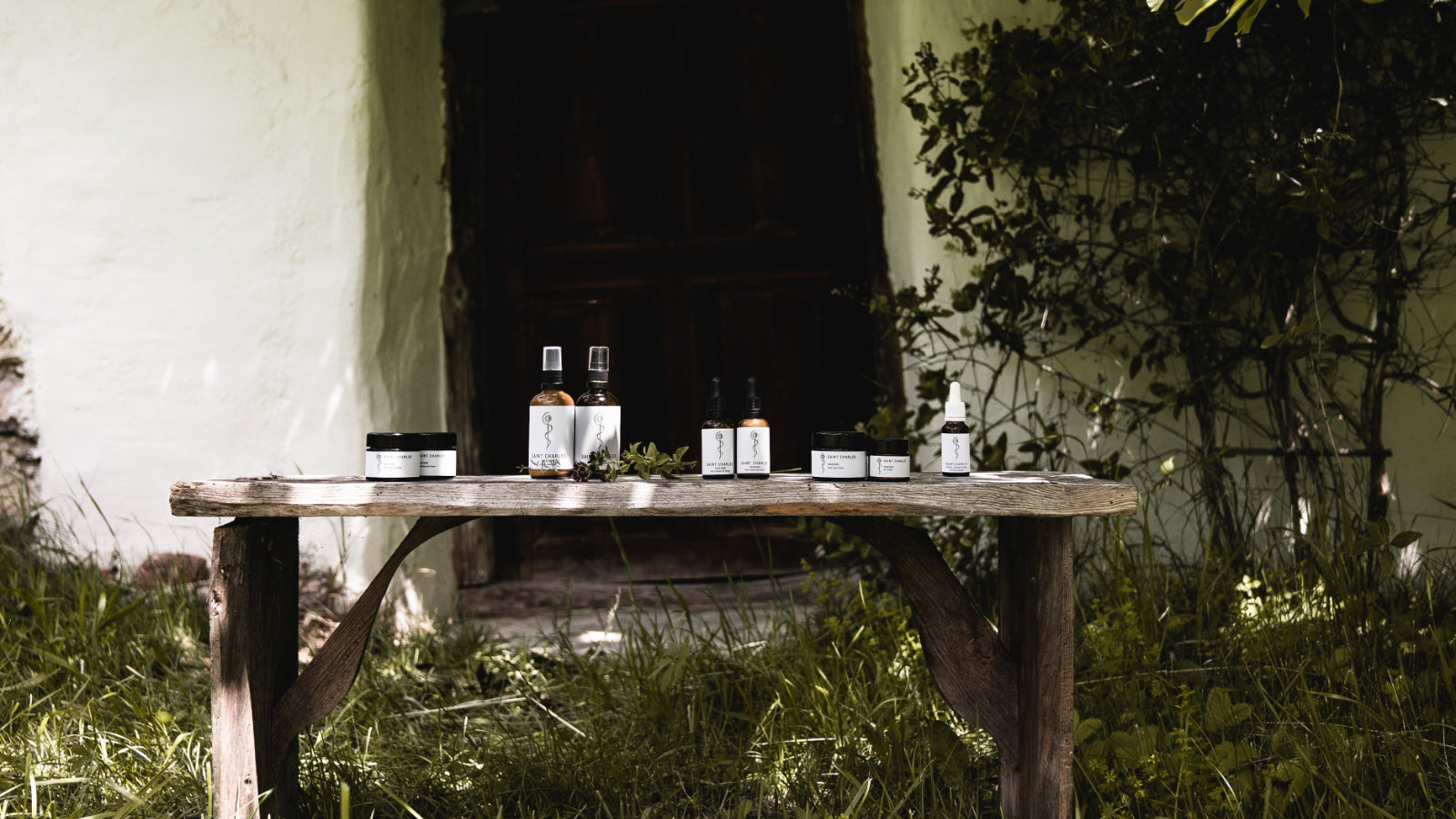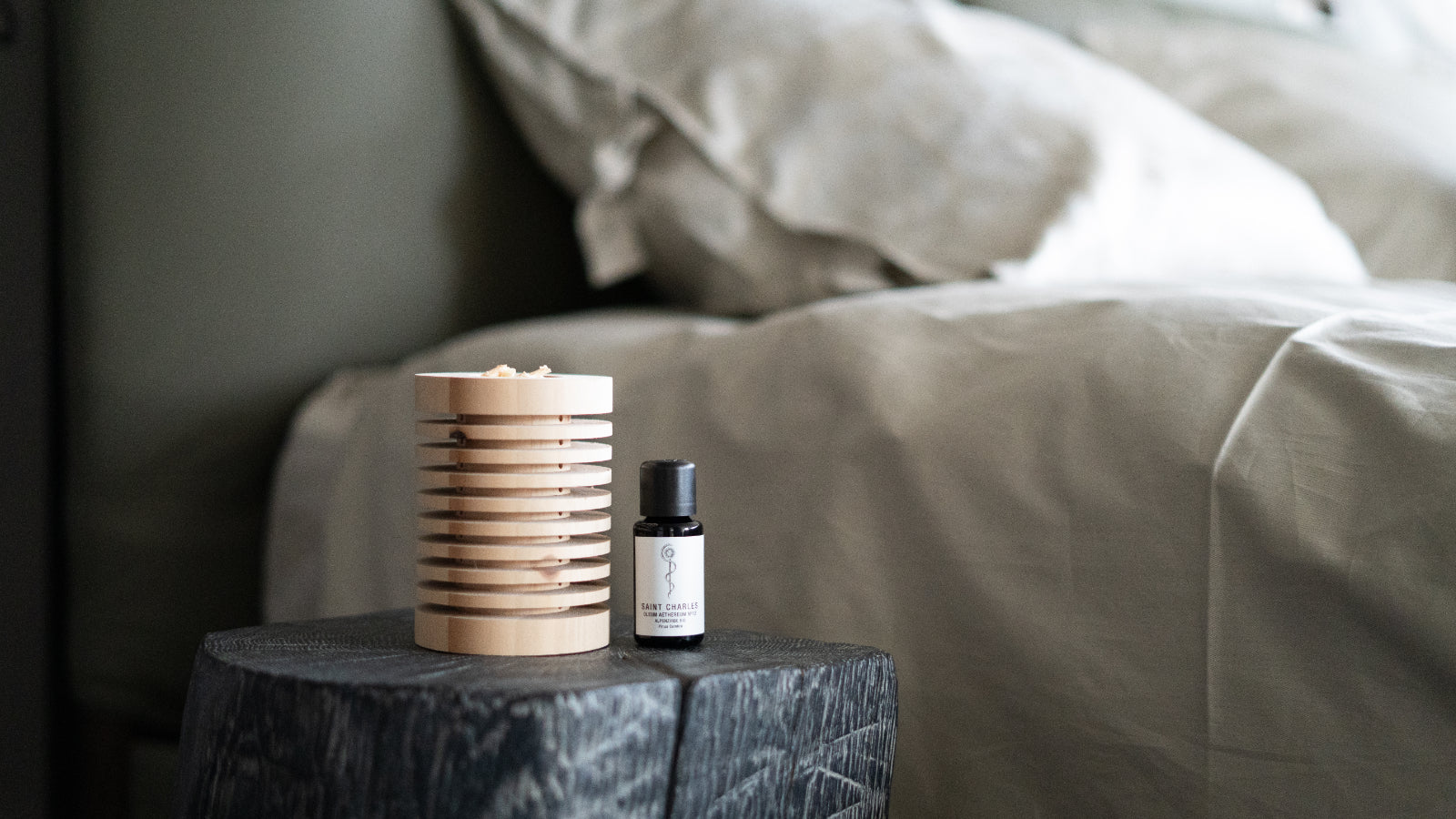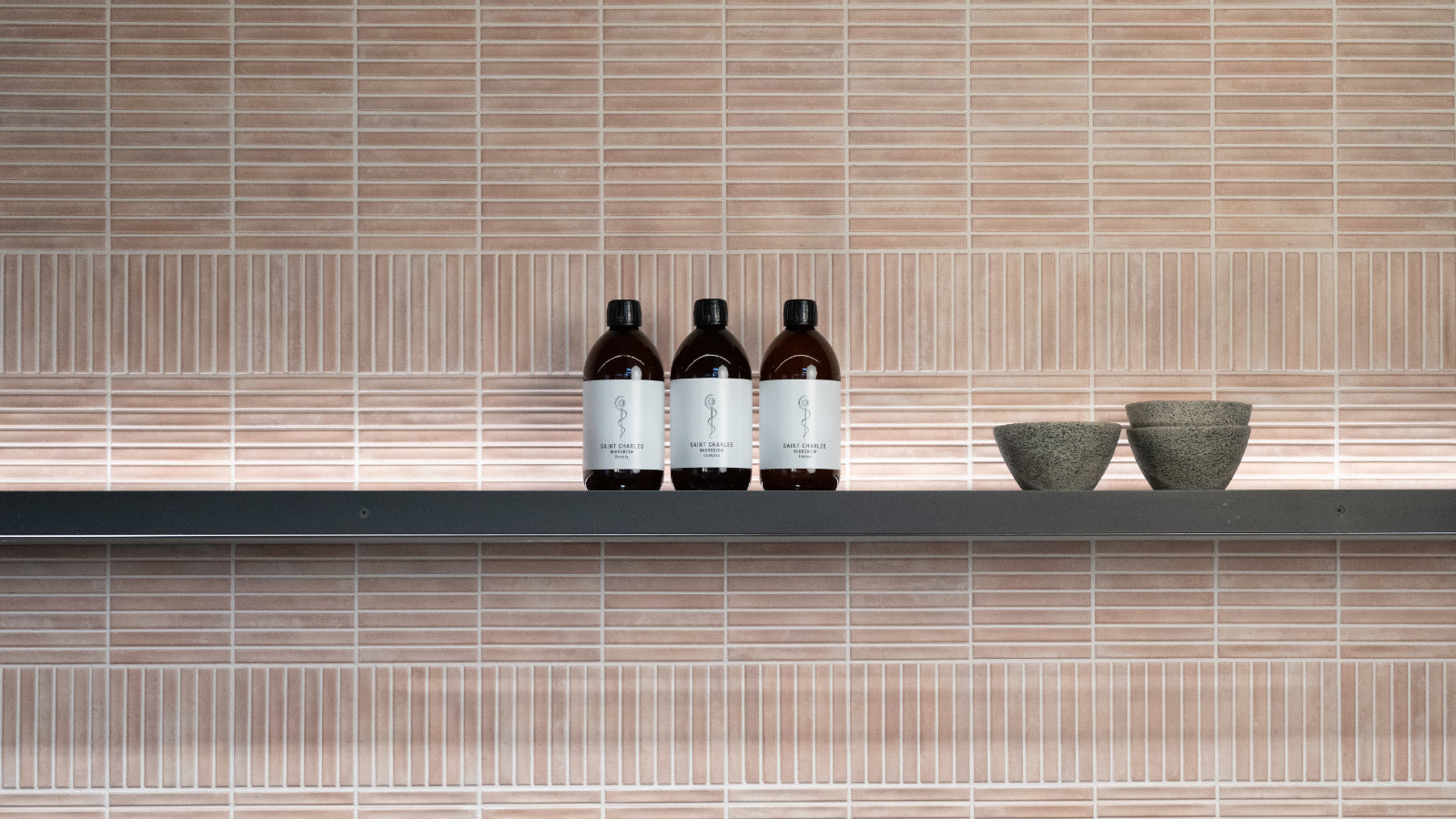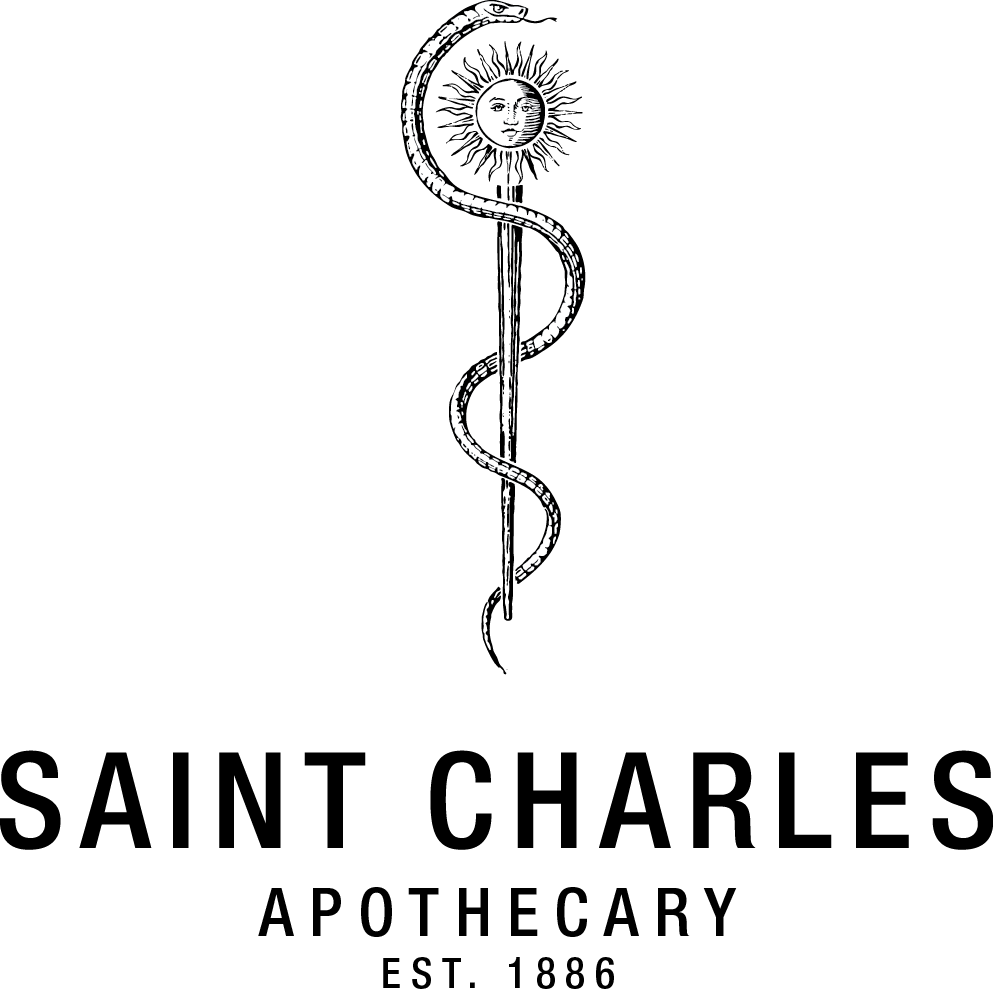You can recognise it by its white trunk: the birch. The medicinal powers that were attributed to the slender tree in times past have been forgotten today. Yet birch hydrolate is healthy and can be used for a wide variety of ailments and purposes. Even the ancient Germanic tribes recognised the healing effect of the light, colourless liquid.
Birch hydrolate is obtained from the leaves or fine branches of the birch tree. It looks inconspicuous at first, contains but much more valuable ingredients and minerals than "normal" water. Such as proteins, salts, vegetable acids and glucose. In addition, the hydrolate, due to its natural flavours and the composition of the nutrients, is particularly well suited for detoxification and thus the perfect companion for Lent. It also drains and can be used externally for skin irritations.
The effect of birch
- antimicrobial
- antiviral
- antibacterial
- anti-inflammatory
Use of birch hydrolate (extract)
The hydrolate of birch contains many electrolytes and, on top of that, vegetable acids and glucose and is therefore best suited as an isotonic drink for athletes . However, birch hydrolate can also be used to detoxify the body, for internal cleansing and to treat skin irritations. Generally accepted is the use of birch hydrolate for flushing therapy to promote urine formation.
Regular massages of the scalp with birch hydrolate help with hair loss and also with eczema and dandruff. For impure skin, birch hydrolate can be used as a natural facial tonic. The face is simply rubbed with birch hydrolate, which gives the skin noticeable suppleness. A foot wash with birch hydrolate is also suitable for sweaty feet.







